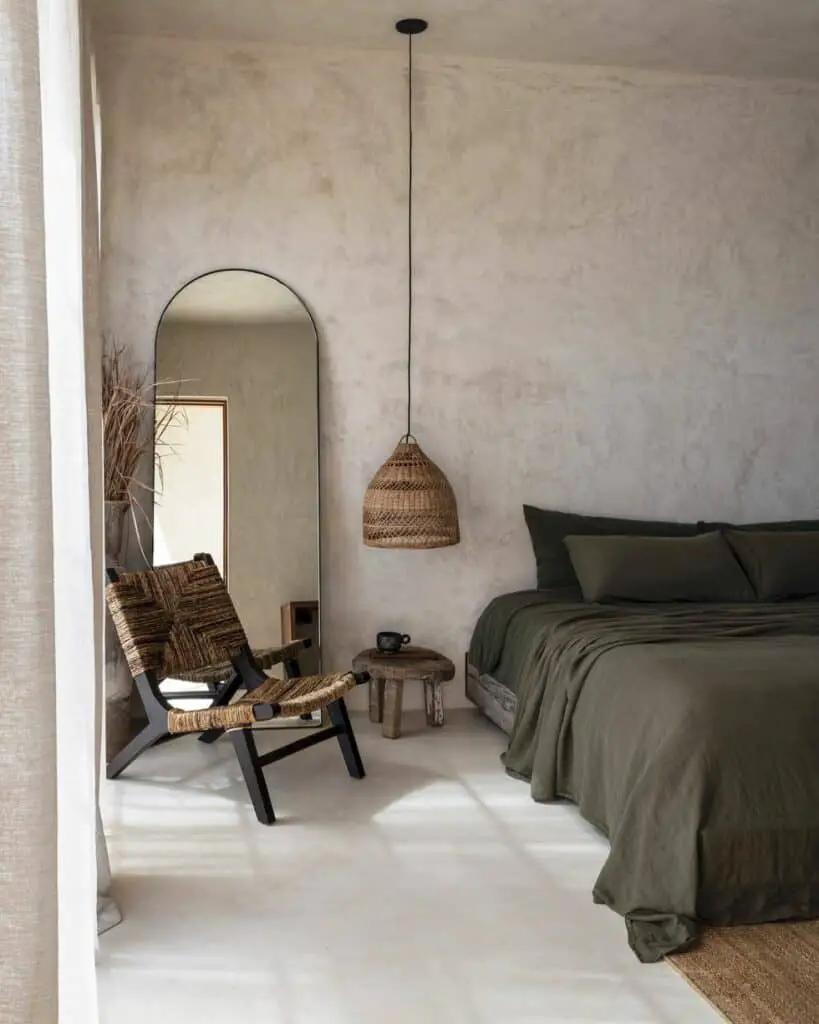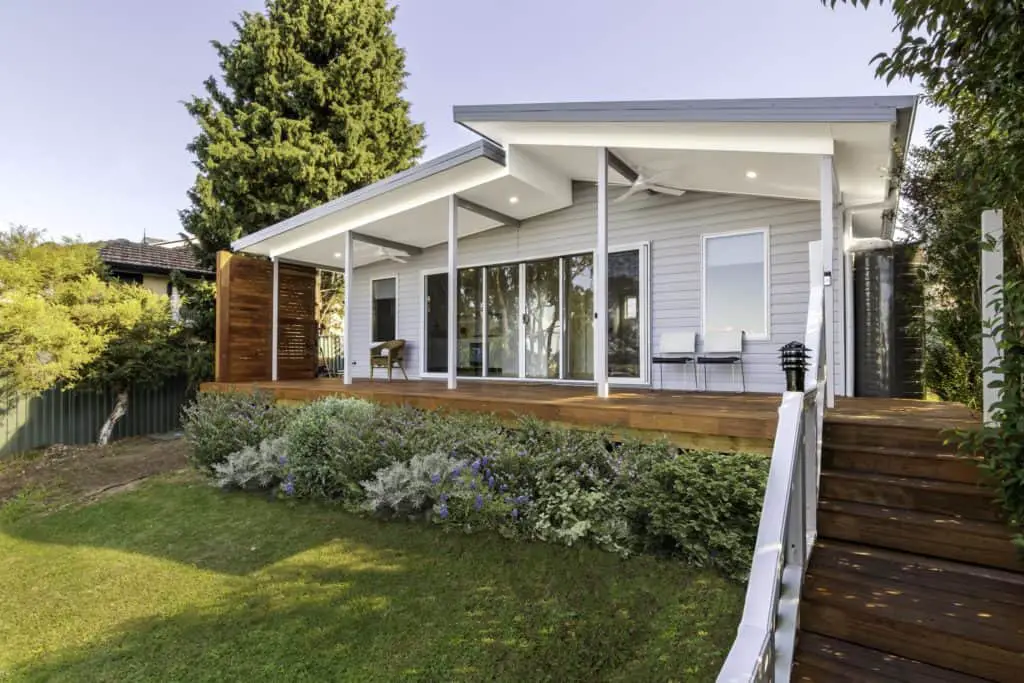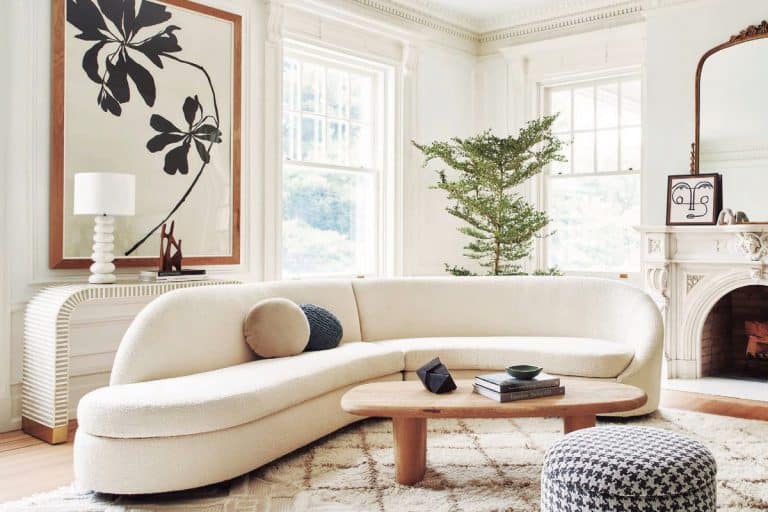White, cold & bland are all words that can pop into a persons mind when they think of minimalism and a minimalist is someone who either lives out of a suitcase, or has their possessions dwindled down to an even 100. And while this might be the case for some of the more extreme minimalists out there, it most certainly isn’t the case for all.
Minimalism isn’t about throwing away everything you own and living your life with next to nothing. That is suffering and deprivation. Living minimalist is about having enough and removing the unnecessary excess of things that can weigh down your life, your time and your space.
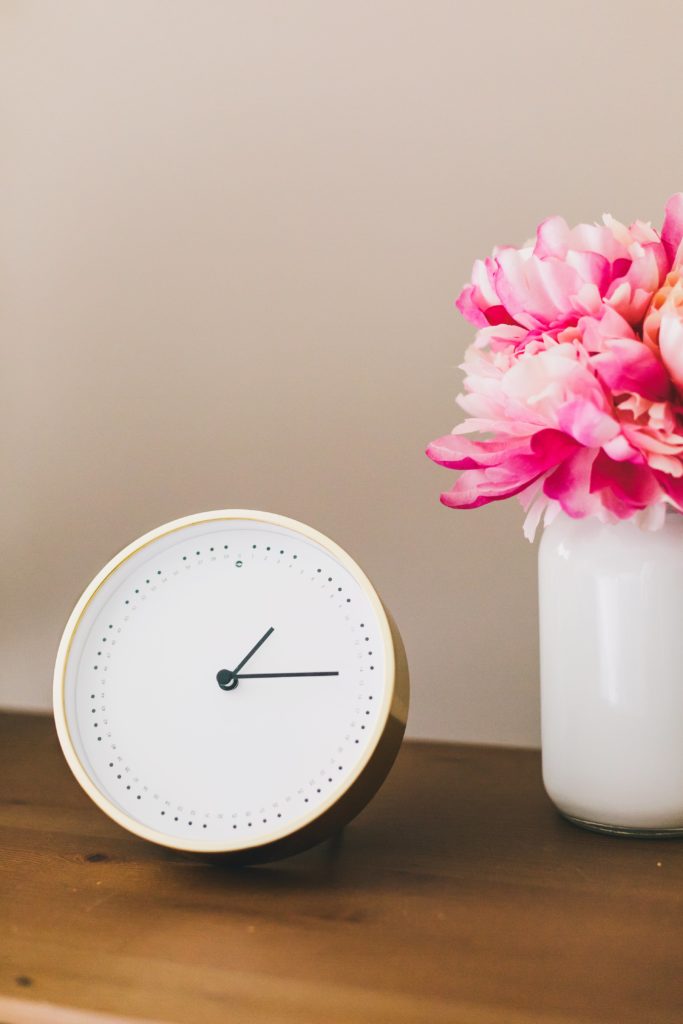
Minimalism isn’t the same for everyone and you shouldn’t try to mimic other people’s version of it. It should be personal, as the things you need and use in your life are different from everyone else.
Minimalism isn’t necessarily how you choose to decorate your home, but is more directed towards the things you have stored up. Even if we have everything beautifully organised, we need to own things we actually use and bring value to our lives instead of being organised hoarders who have a whole lot of ‘just in case’ items.
How often do we store up things in our homes ‘for a rainy day’ and yet that rainy day never comes or we bought it that long ago that we have forgotten about it? If you looked around your home today how many ‘one day when we have time’ projects would you find? And yet in this busy world of over crammed schedules, will ‘one day’ ever arrive because we simply never have time?
3 of the biggest benefits of minimalist living:
Three of the biggest benefits from minimalism that people find are:
- Time
More time to spend on the things that they love with the people they love. Instead of spending time on organising, sorting & cleaning all their possessions they have time to cultivate relationships.
- Financial security
When people stop impulse buying, they end up with more money and can use that to pay down debt or have extra money to spend on the important things.
- Contentment
Contentment happens when you stop trying to keep up with other people’s lives and actually focus on your own. If you don’t define your life’s values then someone else will do it for you.
So if you’re still with me and interested in simple living, then let’s take a look at some things that will help you get started.
Minimalist living tips - Be honest with yourself
Minimalism is the intentional promotion of the things that we most value and the removal of anything that distracts us from it. It looks different from person to person and only you can decide what is worth keeping.
Have you ever taken an honest look at your possessions? I mean really? Do you use it? Is it broken? Do you need it? Do you like it? Does it save you time? While I love the softly spoken Marie Kondo and her beautiful organising methods, I don’t necessarily agree with her about keeping everything that ‘sparks joy’. You just have to ask anyone on an episode of Hoarders if any one of their millions of items in their jam packed house ‘sparkes joy’ and I’m pretty sure it would return a solid ‘YES’!
We need to start getting honest with ourselves instead of leading with our unhealthy emotional attachment to things. You need to go one step further and ask yourself, “why does this item spark joy?”
How to declutter
The secret to decluttering is to start small. Don’t think that you’re going to get your whole home done in a weekend, otherwise you’re just going to overwhelm yourself quickly and give up.
If you start and complete a small area, it will give you sense of accomplishment and encourage you onto the next space.
Decluttering needs to be a thoughtful and deliberate process, otherwise you can start to become wasteful.

Decluttering Step 1 - choose where to start
Choose to start on a small area that won’t take a great deal of time for you to clear such as a table or bench top.
Sorting through your things in a common area like this gives you a time frame of when you need to be done, and it also encourages you to keep going when you would like to quit halfway through. You will need your kitchen table to be clear by tea time when everyone sits down to eat, so decisions need to be made. This helps to stop it from becoming a project that you get halfway through and walk away from.
Decluttering Step 2 - sort in to piles
Go through and organise your items into 5 piles:
- Keep
- Fix
- Sell
- Donate
- Bin
Now go ahead and sort. Don’t be too shocked if your keep pile is large. As you go along day by day and the more spacious your areas become, it will naturally encourage you to become more ruthless.
Your 'keep' pile
Once you have finished making your piles, start to organise your ‘keep’ pile back into the space from where it came. If everything has a home in your house it also makes tidying up a lot easier.
Your 'fix' pile
The broken things that you intend to fix should go into a box that is kept out in a space where you see it daily for 30 days. If it’s out then it will remind you that you need to fix them rather than just forget about them.
If after 30 days is up and they are still sitting in that box, then you need to be honest with yourself that these things probably aren’t that important to you to have fixed. ‘One day’ probably isn’t going to come, so pop it in the bin and let it go.
Your 'sell' pile
Your ‘sell’ pile needs to have photos of each item taken right there and then otherwise these to will quickly turn into a ‘one day’ project.
Your 'donate' pile
The ‘donate’ pile will need to head straight to the front passenger seat of your car. I have learnt from putting it in the back before that I will most likely end up driving it around for a good month before I finally drop it off. If it’s in the front passenger seat you won’t forget about it.
Your 'rubbish' pile
Finally the rubbish pile is straight in the bin.
One area done ✔️
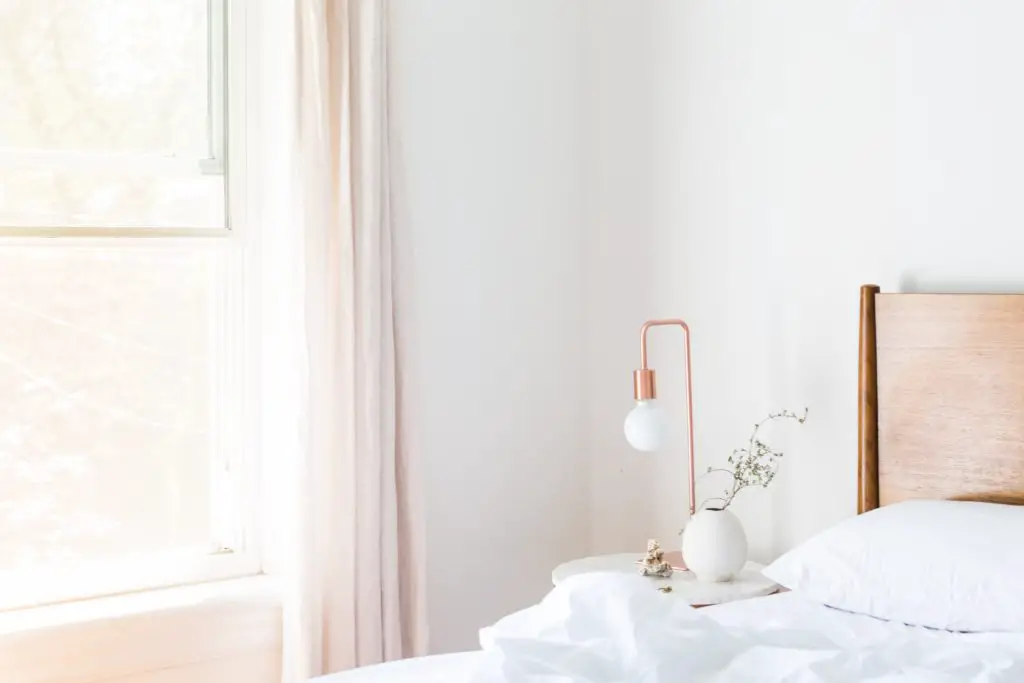
As you continue, you gradually start moving slowly around the house from room to room. After a little while you will start to see the fruits of your labor. You will find yourself getting a bit more ruthless as you start to feel comfortable with letting go of the things in your home that you honestly don’t need or use.
It sounds like a lot I know, but trust me, you’ll start to see your home getting lighter, calmer, airier and you’ll find the spaces in you home that you enjoy the most are the decluttered ones.
Thanks for reading. I hope it inspired you. Please share if you enjoyed it.

Recent posts
Interior Design Trends in 2023
In interiors, 2023 brings earthy tones, textured walls, and classical decoration. Sustainability...
Read MoreDIY Home Decor Project: How to replace a fly screen
An easy DIY project, you can replace your fly screen in a...
Read MoreWhat is a granny flat and is it a good investment?
A granny flat is a self-contained unit located on the same block...
Read MorePopular Interior Design Trends in 2022
2022 is all about cosiness, comfortability, and longevity. After the last few...
Read More